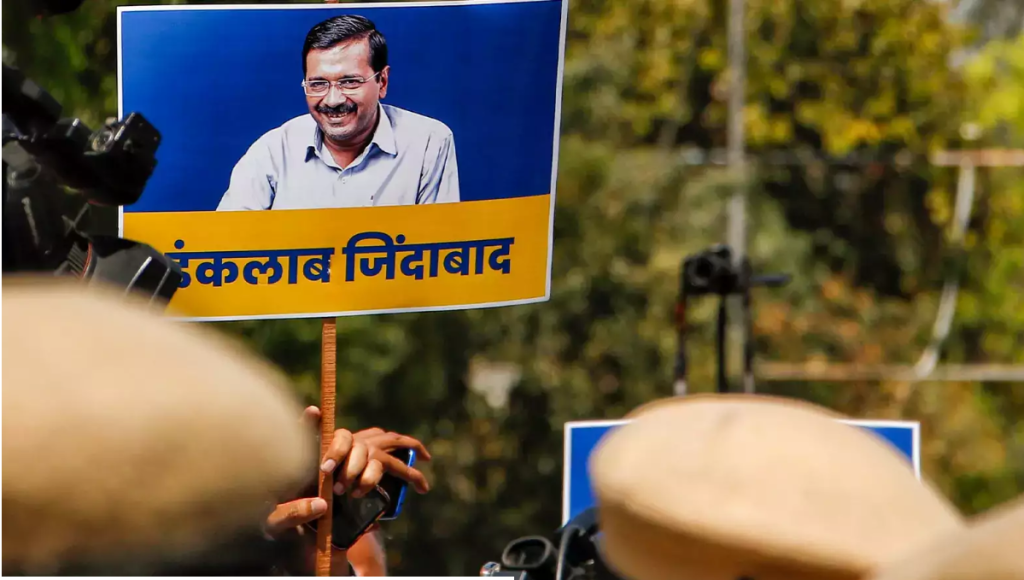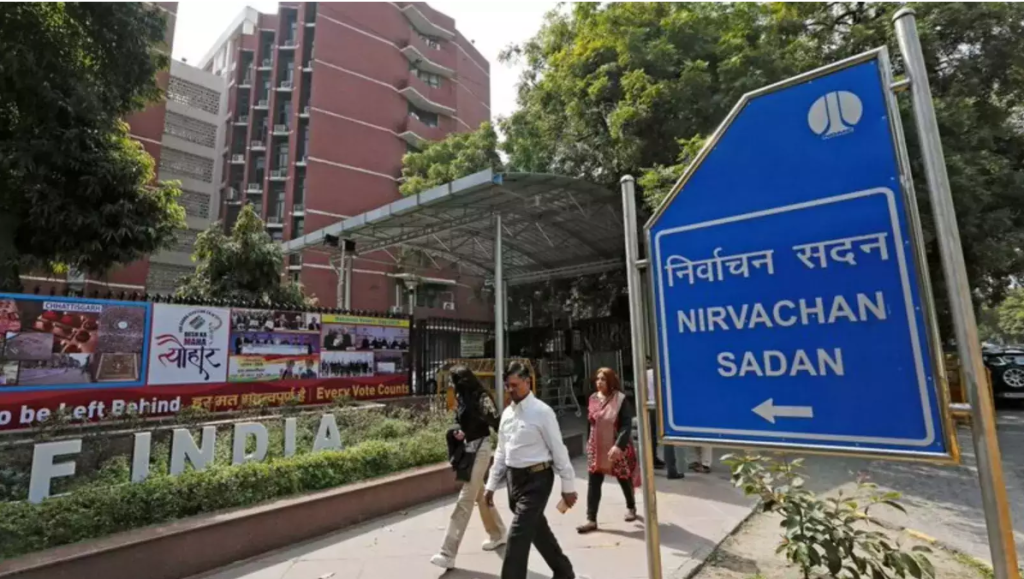Has the terrorist attack on Mumbai wrecked the economy and led to a flight of foreign institutional investors (FIIs), as was feared after 26/11? Not at all. Foreign portfolio investors have adopted Nathan Rothschild\’s maxim that the best time to buy shares is when blood runs in the streets.
On November 28, in the middle of the Mumbai gunfight, they bought $ 159 million net of Indian stocks and bonds (their purchases of bonds greatly exceeded sales of equities). And then in the next month, December, they bought a net $ 433.5 million of equities and $ 155.4 million of bonds, making a total dollar inflow of $ 589 million.
So, FIIs are treating the bloody Mumbai attack as a buying opportunity, not a tragedy that dents global business confidence. They remember that the terrorist attack on the US on 9/11 was horrific, but that this very horror made it an excellent time to buy equities. They are following the same principle in India today.
This is especially striking since in earlier months, from the start of 2008 to 26/11, FIIs had pulled a massive $ 13.5 billion out of Indian markets, sending the Bombay Sensex crashing from a peak of 21,000 to 9,027 on November 26, just before the terrorist attack commenced. Pessimists feared that the Mumbai attack would lead to further outflows. Surprise, surprise, dollars flowed in instead.
Markets were closed on November 27th, but re-opened on November 28. Most people feared disaster on that day, but after a bad start the Sensex actually gained 66 points, ending up at 9093. By the end of December it climbed further to 9,647, and then crossed 10,000 a few days later. If indeed the attack aimed to hit stock markets and foreign confidence in India, it failed dismally.
The attack had a short-term impact on tourism, airlines and hotels. But long-term flows of foreign direct and portfolio investment are unlikely to be affected. The long-term India story remains unchanged– terrorism is part and parcel of that story, and investors understand the risks.
India has been subject to Islamic terrorist attacks for two decades, and major Indian cities witnessed a series of bomb blasts in 2008. The Mumbai attack was notable for providing reality TV for 60 hours rather than for high casualties–250 were killed in the Mumbai bomb blasts of 1993 and 174 on July 7,2006. Indeed, 3,500 people die falling off Mumbai trains every year. Every death is a tragedy, but 26/11 was not exceptionally tragic in numbers.
Maoist groups have been waging insurrection in several states, and Maoist incidents have been reported from 157 of India\’s 600 districts. Many of these are in the central Indian jungle belt, which is rich in mineral ores. This has hobbled some mining and steel projects.
Such risks are, however, already factored into the calculus of foreign investors. Hong Kong-based Political & Economic Risk Consultancy Ltd. had already assessed India as the riskiest of 14 Asian countries, not including Pakistan and Afghanistan. The risk would have been seen as higher only if investors thought that India and Pakistan would go to war. That, however, is clearly not going to happen, notwithstanding some militaristic rhetoric in both countries.
The US has pressured Pakistan to crack down on militants, though not nearly as hard as India would like. After the Security Council\’s strictures, the Pakistani establishment will rein in the wildest groups, not out of love for India but simply to avoid further diplomatic embarrassment. That is positive news for India\’s economy.
This does not mean, of course, that 26/11 has had no adverse impact at all on the Indian economy. Tourists galore have cancelled bookings to India. Hotel occupancy is down 20-25 percent in prime destinations, and hotels have slashed their room rates.
However, tourism is not among the top Indian industries. India received only 4.7 million tourists in 2007, less than one-tenth of the 50 million tourists China receives. The global recession was already taking its toll before the Mumbai attack, and tourist cancellations will worsen the situation. But foreign exchange earnings from tourism, at around $10 billion per year, are barely one per cent of India\’s GDP. They are less than a quarter of the $ 42 billion of remittances to India by overseas Indians.
While tourist hotspots will suffer, the Indian economy as a whole will shrug this aside. Indian businessmen and economists are far more worried about the impact of the global recession than of the Mumbai attack. As the saying goes, when you are fighting the alligators in a swamp, you do not worry about the mosquitoes




